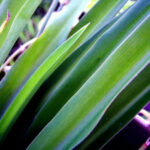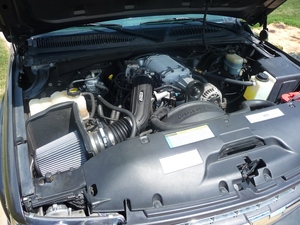Making self-watering plant containers from recycled items is a quick and easy way to provide your container garden with a continuous water supply that will last for days. These delightful planters won’t cost you a penny and will reward you with strong healthy plants that can thrive on their own while you are away.
Supplies
2 buckets
1 two-liter bottle
Duct tape
Power drill/saw
Potting Soil
The two buckets must fit inside one another and must have a lip at the top that will prevent the top bucket from fitting all the way into the bottom one. The bottom of the top bucket must fit so that there is at least 2-4 inches between the two. This will be the reservoir for water in your self-watering planter.
Any size container will do, as long as there is a lip on the bucket to allow room for a reservoir of water. A 5 gallon bucket provides adequate soil for the root system to thrive on tomatoes, peppers, or cucumbers and other large vegetable plants.
There are many sources of free recycled buckets. Check with local restaurants and delis for discarded buckets. Construction sites may also have recycled buckets from spackling or other construction materials. Even a recycled pail from cat litter will do.
Directions:
Insert one bucket inside the other and measure the distance between the bottom of the inside bucket and the bottom of the outside bucket. The height of the lip that rests on the outer bucket should give you the distance between the two when they are assembled. It is vital that you have 2 to 4 inches of space between the two. This will serve as the reservoir of water that will create the self-watering action you are looking for.
Wash and dry a two-liter soda bottle.
Draw two lines around the bottle with a permanent marker 3 inches and 5 inches from the mouth of the bottle. The actual dimensions will vary according to the distance between the two buckets. This funnel will set inside the inner bucket and protrude into the reservoir. It should rest about an inch from the bottom of the outer bucket.
Measure and cut the funnel to fit you particular containers. With a sharp knife, puncture a hole on the 5-inch line. Use sharp scissors to cut a clean line around the bottle.
Mark the cut edge at evenly spaced intervals about 2 inches apart. With scissors, cut straight lines from the edge to the 3-inch line. Gently, fold the cuts at the top of the recycled two-liter bottle to create a fringe that faces away from the bottle.
Turn one bucket up side down and mark the center of the bottom. Mark and cut a circle the same size as the bottle. Slip the bottle funnel through this hole so that the funnel will protrude from the bottom, and duct tape the fringe to the inside bottom of the bucket. Set aside.
Mark a 2×4 inch rectangle three inches from the bottom of the second bucket, running parallel to the bottom. Again the actual height will depend on the depth of the reservoir created when the buckets are assembled. When cut, this rectangle will serve as a refill hole for the reservoir. It should be positioned near the top of the reservoir.
Cut out the rectangle with a drill or saw. This hole will allow you to check the water level in the reservoir and refill as needed without removing the inner bucket.
Place the first container inside the second. The funnel at the bottom should rest about an inch above the bottom of the second bucket. If your funnel is too long, simply readjust the size of the funnel by cutting the bottle to the correct dimensions.
Fill the top container with potting mixture, being careful to fill the funnel as well.
Fill the reservoir with water through the hole you cut in the outside container.
The soda bottle funnel will draw water from the reservoir to your plants creating a self-watering container that will keep you plants evenly moist. Plants can be fed liquid fertilizer, like Miracle Grow, by mixing a solution at proper strength and adding it to the reservoir.
With a few adaptations to the depth of the funnel to assure it rests properly in the reservoir, nearly any bucket or container will work for creating self-watering plant containers. Not only will you have healthy happy plants, you will have the peace of mind knowing you can go away for a few days and your plants will be will taken care of in their self-watering containers while you are gone.




